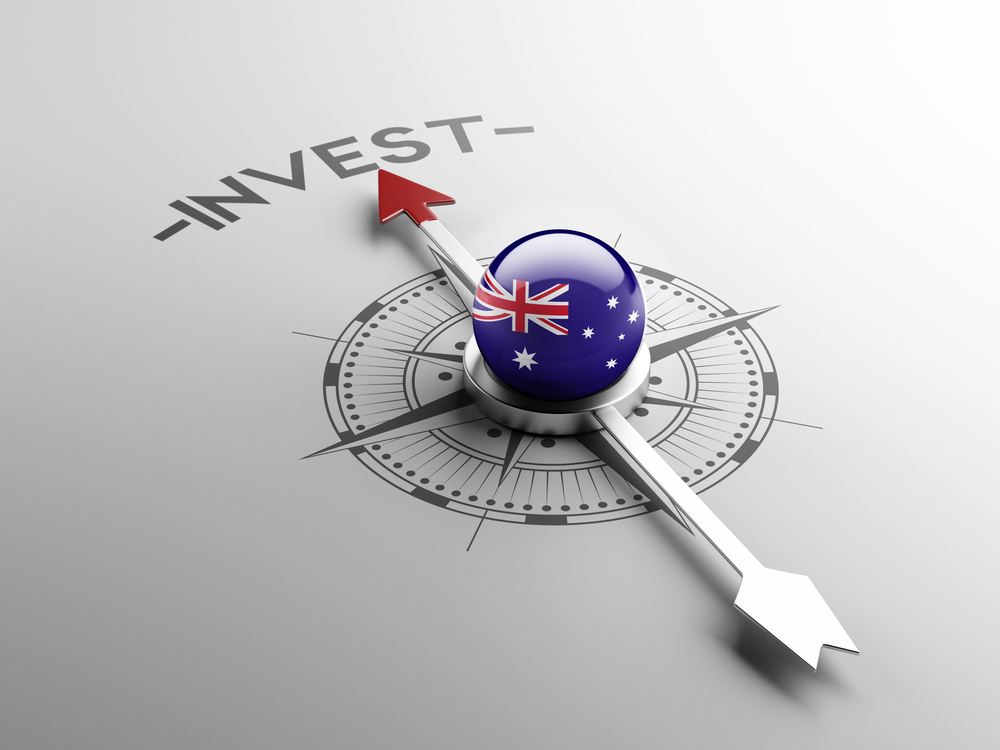Australia’s Selective Foreign Investment Rules

Please note that we are not authorised to provide any investment advice. The content on this page is for information purposes only.
Once you start picking away at something, it can be hard to stop. Australia’s foreign investment regime is a case in point: successive free trade negotiations have seen welcome liberalisation, but only for selected countries. And without a clear guiding strategy, this piecemeal approach threatens to turn the regulatory regime into a mess that is difficult to navigate and discourages foreign investment.
Once you start picking away at something, it can be hard to stop. Australia’s foreign investment regime is a case in point: successive free trade negotiations have seen welcome liberalisation, but only for selected countries. And without a clear guiding strategy, this piecemeal approach threatens to turn the regulatory regime into a mess that is difficult to navigate and discourages foreign investment.
The most important liberalisation in Australia’s foreign investment regime has come from reduced bureaucratic scrutiny of inward investment. Australia’s Foreign Investment Review Board (FIRB) was introduced in 1976 in order to screen foreign investment flows into Australia. It has proved a successful way of allaying public concern about foreign investment, first from Japan and now from China. Until 2005, the FIRB treated investment from different source countries equally. With the signing of the Australia–US Free Trade Agreement (AUSFTA), though, preferential carve-outs began to find their way into Australia’s foreign investment regime.
AUSFTA saw a quadrupling of the screening threshold (above which all inward investment must be examined by the FIRB) but only for investment coming from the United States. This higher threshold was later granted to investment from New Zealand, with the signing of an Investment Protocol, and will apply to South Korean, Chinese and Japanese investment when free trade agreements between these countries and Australia come into effect.
The vast majority of investment into Australia falls below this higher threshold, so these changes represent quite substantial liberalisation of Australia’s foreign investment regime. This is undoubtedly a positive thing for Australia, a country that — now just as for most of its history — needs foreign capital to finance investment and stoke economic growth.
So what is the problem?
Liberalisation thus far has occurred because of negotiations in free trade agreements, without any clear guiding strategy from government. Well-established mechanisms — like a government white paper or a review by the government’s external policy review body, the Productivity Commission — might have allowed the Australian government to develop a coherent and sustainable strategy for investment liberalisation. But this has not happened. The worry is that the current approach could become the norm, with source-specific changes being traded off as bargaining chips in trade negotiations, perhaps for geopolitical reasons rather than economic ones. This is clearly not in Australia’s interests.
There have been other developments in Australia’s investment regime that could lead to more onerous requirements for foreign investors. There are new rules, for instance, governing investment by state-owned enterprises when this would involve the enterprise acquiring a ‘strategic stake’ in Australian entities. Recently the threshold for FIRB scrutiny of investment in agricultural land was lowered to AU$15 million (US$11.9 million) and agribusinesses to AU$53 million (US$42 million), representing a reversal of the liberalisation process (although again, this did not affect some investment partners, owing to pre-existing assurances in bilateral trade agreements). The treatment of investment in land more broadly is also highly complicated, with many inconsistencies due to piecemeal change rather than a coherent overarching strategy.
There may be good reasons behind some of these moves (although it isn’t clear that fiddling with investment screening, rather than adjusting tax administration and competition settings, is the right way to tackle concerns about state-owned enterprises). Nations have legitimate security and strategic interests that may conflict with the compelling logic of investment liberalisation. But whatever legitimate concerns are addressed by such moves, there is no reason they cannot be undertaken unilaterally and uniformly for all sources of inward investment.
In the absence of any multilateral rule-making body to govern the global investment regime — as is the case with trade and the WTO — countries like Australia should set a good international example by maintaining a simple and non-discriminatory investment environment that is easy to navigate for foreign investors. This does not mean that Australia has to give up treating some forms of investment (into media companies, say, or agriculture) differently, but it should at least treat investors from different countries equally. A move towards raising the screening threshold to the level currently enjoyed by US and New Zealand investors for investors of all other countries would be a good start.
Australia should also look to harmonise the wording of its current agreements. At present, the differences from agreement to agreement are minor. But even if it does not extend preferential arrangements to all investment partners, Australia should make sure that any future bilateral deals simply extend the same preferences to new partners rather than developing different rules in different agreements.
Australia’s foreign investment regime, with FIRB at its centre, has historically done a good job of balancing political and economic imperatives. But, as bilateral deals have resulted in the selective and preferential freeing up of investment rules, the need for a well thought-out, overarching regulatory framework —, which places a premium on unilateral and non-discriminatory liberalisation — has become necessary.
A Swiss-cheese approach to foreign investment is not in Australia’s interests is republished with permission from East Asia Forum




